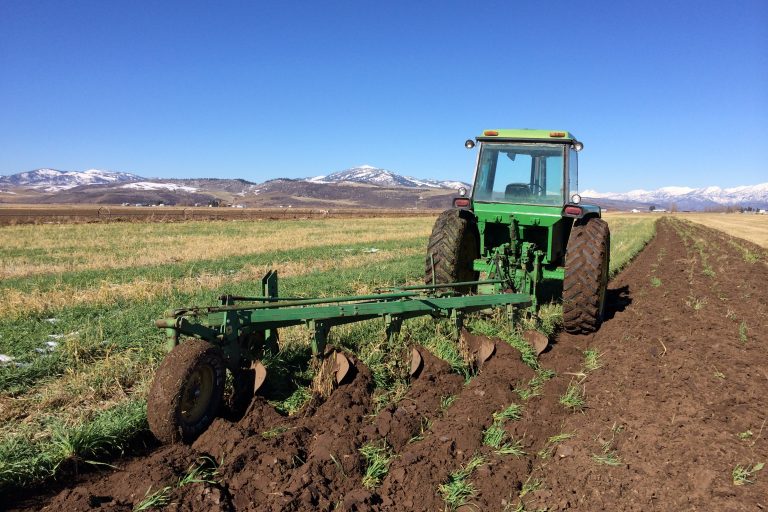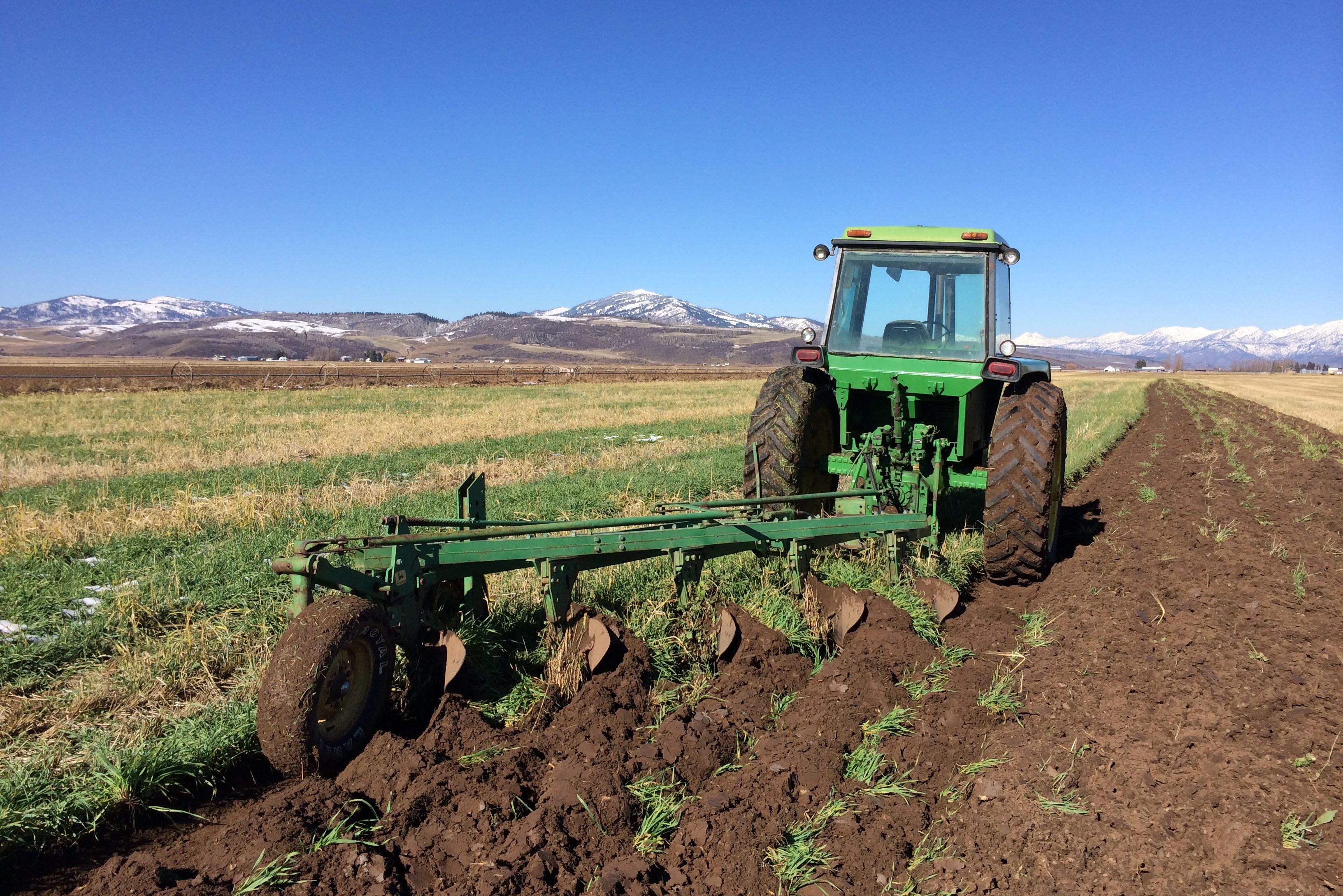There are 39 categories of constructive labor called melachot. These are the acts that were performed in the construction of the Mishkan (Tabernacle). These and similar actions are forbidden on Shabbat.
 The first 11 melachot are called “sidura d’pat,” “the order of (making) bread” and they are agricultural in nature (see Talmud Shabbos 74 and Rashi there). There were two reasons for agricultural activity. The first was to grow plants needed to produce necessary dyes; the second was to make the lechem hapanim (“show bread”) for the Mishkan.
The first 11 melachot are called “sidura d’pat,” “the order of (making) bread” and they are agricultural in nature (see Talmud Shabbos 74 and Rashi there). There were two reasons for agricultural activity. The first was to grow plants needed to produce necessary dyes; the second was to make the lechem hapanim (“show bread”) for the Mishkan.
The av melacha (primary labor) of choresh involves using a plow to loosen the soil so that seeds may be planted. For practical purposes, any act that loosens soil or makes it more suitable for planting is a toldah (derivative labor) of choresh.
A famous derivative of choresh discussed by the Talmud in Shabbos 29b is called “goreir,” meaning “dragging.” One may not drag a heavy chair or bench on the dirt because of the inevitability that it will carve ruts in the ground. Even though one does not intend to do so, he would be violating the prohibition on plowing.
Smoothing out the soil, to fill holes or flatten bumps, is also forbidden as a derivative of choresh. So, while walking on soil is permitted, rubbing one’s foot on it is not.
This is just an introduction to the concepts of the melacha of choresh; it is not a substitute for a full study of the halachot.

